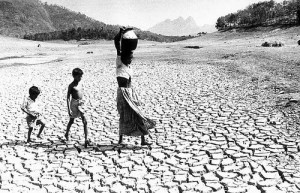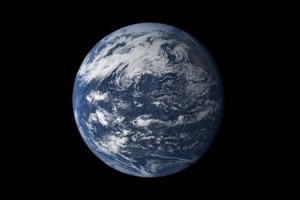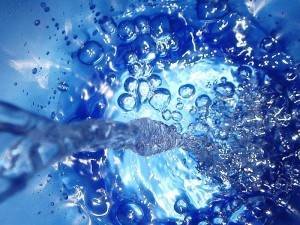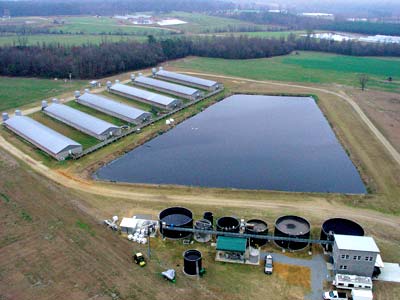Diarrhea remains in the second leading cause of death among children under five globally. Nearly one in five child deaths – about 1.5 million each year – is due to diarrhea. It kills more young children than AIDS, malaria and measles combined.
Every 20 seconds, a child dies from a water-related disease. Diarrhea is more prevalent in the developing world due, in large part, to the lack of safe drinking water, sanitation and hygiene, as well as poorer overall health and nutritional status. Read more






